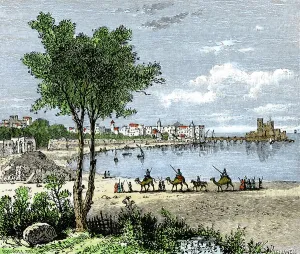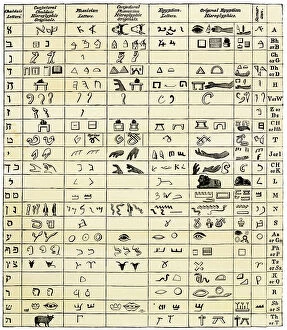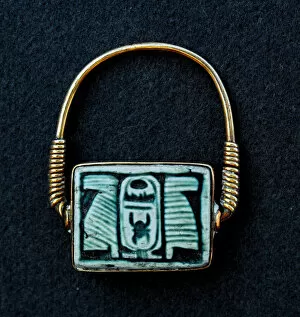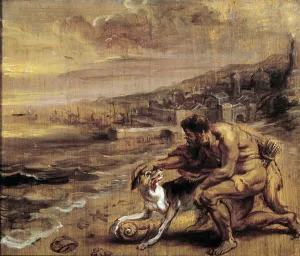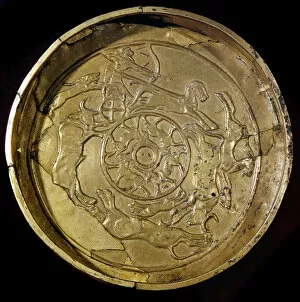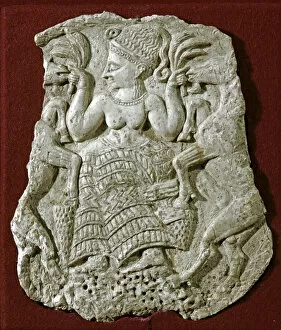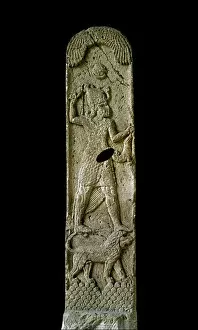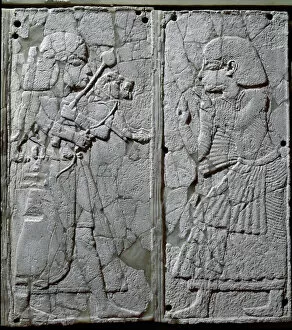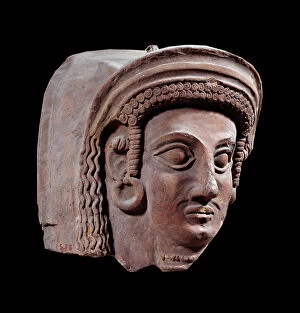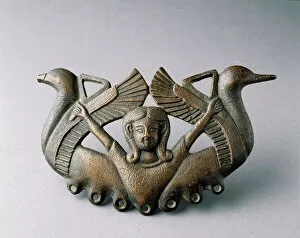Phenicy Collection
"Unveiling the Enigmatic Phenicy: A Journey Through Ancient Art and Culture" Step back in time to the 8th century BC
All Professionally Made to Order for Quick Shipping
"Unveiling the Enigmatic Phenicy: A Journey Through Ancient Art and Culture" Step back in time to the 8th century BC, where a divinite with a golden face emerges as a mesmerizing bronze sculpture. This masterpiece showcases the skill and craftsmanship of an era long gone. Religious costumes in antiquity come alive before our eyes, as we witness an Egyptian high priest, a Hebrew high priest, an Assyrian king adorned in officiant clothing, and finally, a Phoenician priest. An engraving captures these diverse religious attires from left to right, offering us glimpses into ancient rituals and beliefs. The late 16th-century silk and wool tapestry depicting the Story of Gideon transports us further into history. The intricate details woven into this fabric tell tales of bravery and triumph that have inspired generations. As we delve deeper into Phoenician culture, we encounter a bed ornament with low ivory relief from Ugarit dating back to the 14th century BC. Here we witness a king threatening his enemies—a testament to their power and dominance during that period. An Egyptian-influenced comb takes us on another journey through time—this one set in Juno Hill during the 6th century BC. Carved from ivory, it adorns sphinxes and lotus flowers—an exquisite blend of cultures merging together seamlessly. Sepulcral monuments of the Phoenicians captured by Ferrario's "The old and modern costume" publication give us insight into their burial practices—a glimpse at how they honored their departed ones. Punic art reveals itself through a ring decorating a Phoenician amulet discovered in Cagliari's Museo Archeologico Nazionale. Dating back to the 7th-5th century BC, this artifact reflects their artistic prowess even on small objects like jewelry. Legend has it that thanks to his dog's keen sense of smell.


